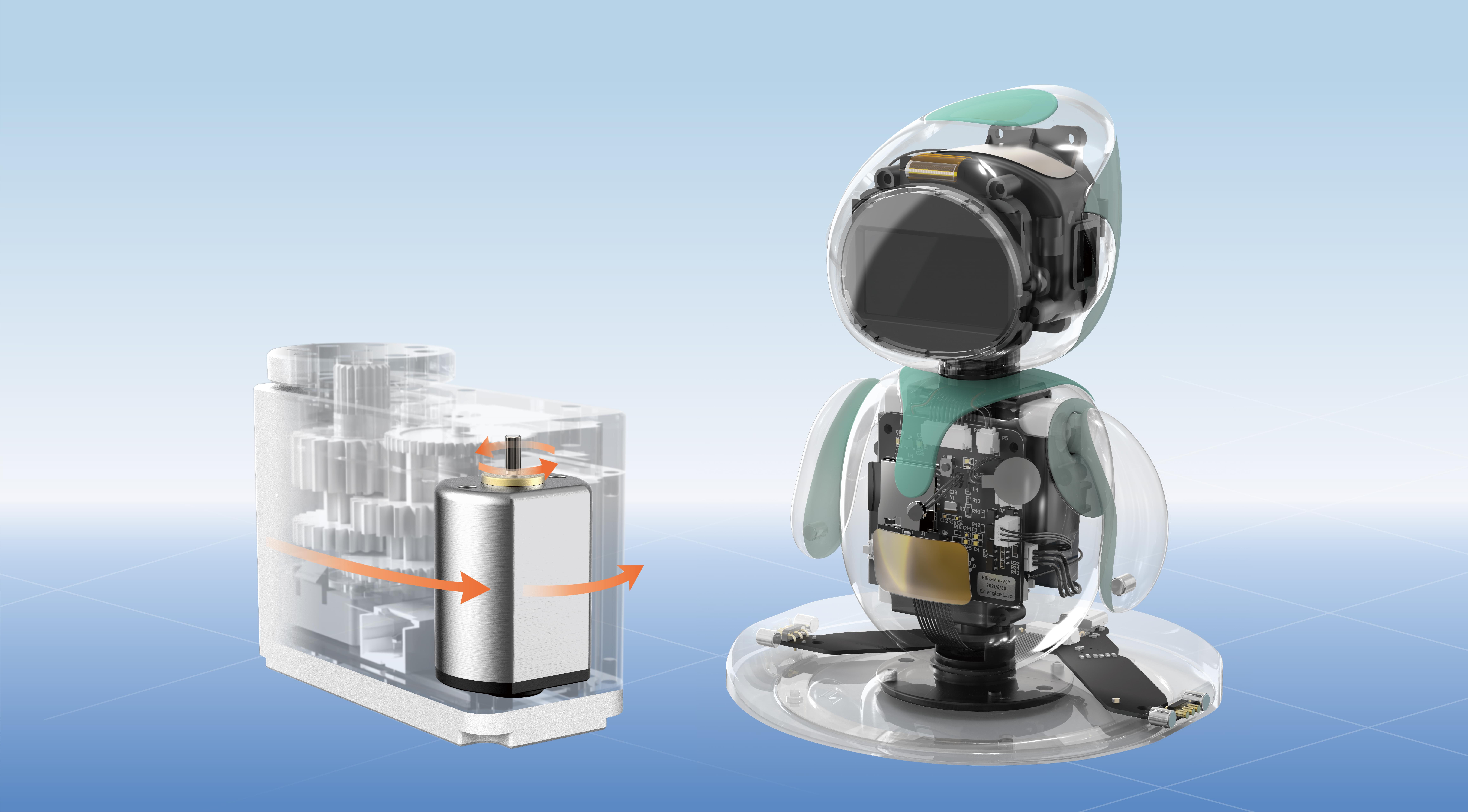In the rapidly evolving landscape of modern engineering and technology, the pursuit of precision and control has led to the development of some of the most fascinating devices in automation—servomotors. These compact yet powerful motors serve as the backbone of robotics, CNC machines, camera autofocus systems, and countless other applications requiring exact positioning. To truly appreciate their significance, one must delve into their working principles, mechanisms, and the science that powers them.

What is a Servomotor?
At its core, a servomotor is a rotary actuator that allows for precise control of angular position, velocity, and acceleration. Unlike standard motors—be they DC, AC, or stepper—servomotors are integrated into closed-loop control systems, which means they continuously adjust their operation based on feedback signals. This feedback mechanism is what grants them exceptional accuracy and responsiveness.
Most commonly, servomotors are classified into two primary types: AC servomotors and DC servomotors. Each type leverages different electrical principles but shares the common goal of delivering fine-tuned motion control. Whether in a robot's joint or a camera lens, the aspiration remains consistent: move precisely, stay steady, and respond swiftly.
The Anatomy of a Servomotor
Understanding a servomotor’s working principle begins with grasping its core components:
Motor: The heart of the system, responsible for converting electrical energy into mechanical motion.
Feedback Device: Usually an encoder or resolver, this component constantly measures the motor's current position or speed and relays this information back to the control circuit.
Controller: The brain that processes the input commands and feedback signals to determine how to drive the motor effectively.
Power Supply: Provides the necessary electrical energy for the motor’s operation, often with specialized drivers to handle quick, precise adjustments.
This combination creates a sophisticated loop: the controller receives input commands, compares them with actual data from the feedback device, and sends signals to adjust the motor’s position or velocity accordingly. This cycle repeats thousands of times per second, enabling unmatched control.
The Working Principle: Closed-Loop Control System
Now, let’s explore the core of a servomotor’s operation—the closed-loop control system. Imagine you ask a robot arm to rotate precisely 90 degrees. Here's how the system achieves that:
Command Signal: The control system receives an input, such as "rotate to 90 degrees."
Motor Activation: Based on this command, the controller energizes the motor, causing it to turn.
Feedback Monitoring: As it turns, an encoder (or similar device) monitors the actual position of the motor’s shaft.
Comparison & Adjustment: The controller compares the actual position with the target position. If there’s a discrepancy (called an error), the controller adjusts the voltage or current supplied to the motor to correct it.
Fine-Tuning and Stabilization: This real-time process continues rapidly, gradually reducing the error to zero and achieving precise positioning.
This feedback loop is akin to a pilot constantly adjusting a plane’s heading based on GPS data to stay on course. The faster and more accurately the system can respond, the higher its performance.
How Do Different Types of Servomotors Work?
While their core idea remains the same—precise control through feedback—AC and DC servomotors employ different principles:
DC Servomotors: Typically feature a wound rotor and brushes, utilizing the basic principles of DC motor operation. They control torque and speed with variable current, allowing for smooth and predictable movement. The feedback device, such as a rotary encoder, measures the shaft position, enabling the controller to make fine adjustments.
AC Servomotors: Usually designed as synchronous or induction motors with specialized windings, employing alternating current to generate magnetic fields. They often use a resolver or encoder for feedback. AC servos tend to be more robust, with higher efficiency and better performance at high speeds, making them suitable for industrial applications demanding reliability.
The Role of Feedback Devices
Feedback is the lynchpin of a servomotor’s ability to achieve high precision. Encoders, which are optical or magnetic devices, convert mechanical shaft position into electrical signals. They can provide high-resolution data—sometimes up to thousands of pulses per revolution—allowing motor controllers to make micro-adjustments.
Resolvers, on the other hand, use electromagnetic induction to determine the rotor’s angle and are often preferred in harsher environments due to their durability.
The quality of feedback directly impacts the accuracy, responsiveness, and stability of the servomotor system. Advanced applications rely on high-resolution encoders to attain sub-degree or even sub-arcminute precision.
Application of Servomotors in Today’s World
No longer confined to niche industries, servomotors are cornerstones of modern technology. In robotics, they enable arms to pick, place, and assemble parts with human-like dexterity. In aerospace and defense, they control antenna direction, stabilizers, and weapon targeting systems. Manufacturing automation relies on servos for CNC machining, packaging, and assembly lines, where precision reduces waste and increases efficiency.
In the consumer realm, servo-driven camera autofocus mechanisms ensure crisp images, while even "smart" home appliances utilize servo technology for smooth movement or control.
Summing Up Part 1
Understanding the working principles behind servomotors reveals their true power—combining electrical engineering, feedback control systems, and precise manufacturing to deliver unparalleled control over motion. Their ability to continuously correct and refine motion makes them indispensable in a multitude of fields, pushing the boundaries of what machines can achieve.
In the next segment, we’ll explore the intricacies of specific servo types, innovations shaping their future, and practical considerations for selecting the right servomotor for your needs. But for now, let’s take a moment to appreciate the engineering marvels that make synchronized, precise movement possible in a complex, automated world.
Established in 2005, Kpower has been dedicated to a professional compact motion unit manufacturer, headquartered in Dongguan, Guangdong Province, China.




































